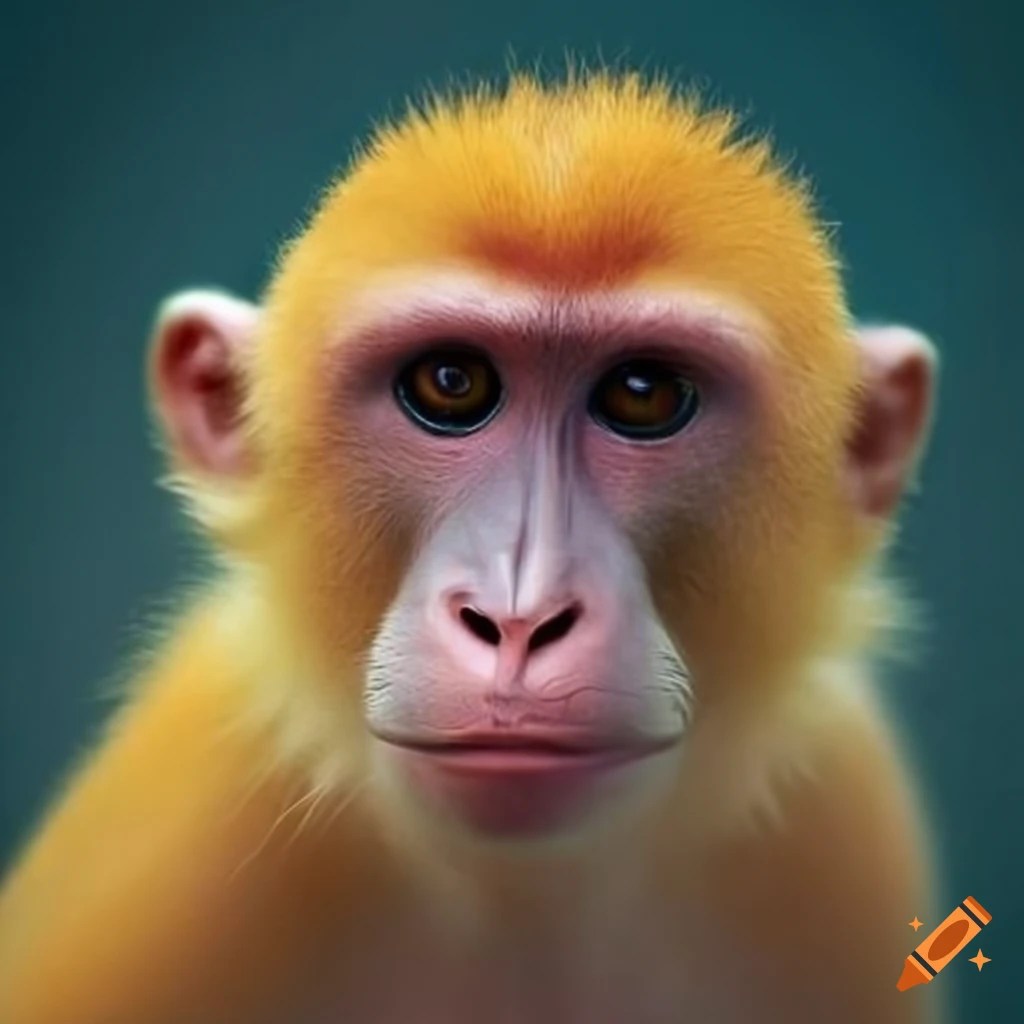Unveiling The Enigma Of The Yellow Monkey: Nature’s Colorful Primate
The yellow monkey is a fascinating creature that captures the imagination of many wildlife enthusiasts and researchers alike. Known for its vibrant coat and playful demeanor, this primate species is not only a sight to behold but also plays a crucial role in its ecosystem. In this article, we will delve deeper into the world of the yellow monkey, exploring its habitat, behavior, and significance in the animal kingdom.
The yellow monkey, often found in various regions of Asia, is a captivating subject for both casual observers and scientific communities. Their social structures, interactions within their groups, and adaptability to changing environments are just a few aspects that make them intriguing. Furthermore, their striking yellow fur adds to their allure, making them a standout among other primate species.
As we embark on this journey to uncover the mysteries surrounding the yellow monkey, we will address several critical questions regarding their lifestyle, conservation status, and the impact of human activities on their existence. By the end of this article, readers will gain a comprehensive understanding of the yellow monkey and the importance of preserving its habitat for future generations.
What is the Habitat of the Yellow Monkey?
The yellow monkey primarily inhabits the dense forests and mountainous regions of Asia. These areas provide the necessary resources for their survival, including food, shelter, and safety from predators. The monkey's habitat is characterized by a mix of tree canopies and open spaces, allowing them to navigate easily while foraging for food.
How Do Yellow Monkeys Behave in Their Natural Environment?
Yellow monkeys are known for their playful and social nature. They live in groups called troops, which can consist of anywhere from 10 to 50 individuals. Within these troops, they exhibit a complex social hierarchy that influences their interactions and behaviors. Grooming is a common activity among group members, serving as a bonding ritual that reinforces social ties.
- Communication plays a vital role in their social structure, with various vocalizations and body language being used to convey messages.
- They are primarily herbivorous, with a diet consisting of fruits, leaves, and flowers, although they occasionally consume insects and small animals.
- Yellow monkeys are also known to be agile climbers, spending a significant amount of time in trees, where they can avoid potential threats.
Are Yellow Monkeys Endangered?
Unfortunately, the yellow monkey faces numerous threats that jeopardize its survival. Habitat destruction due to deforestation and urbanization is a significant concern, as it leads to the fragmentation of their living spaces. Additionally, poaching and illegal wildlife trade further exacerbate their declining population.
What Conservation Efforts Are in Place for Yellow Monkeys?
Various organizations and governments are working tirelessly to protect the yellow monkey and its habitat. Conservation efforts include establishing protected areas, promoting sustainable land-use practices, and raising awareness about the importance of preserving biodiversity. International cooperation is crucial in combating illegal wildlife trade and ensuring that these primates can thrive in their natural environment.
How Do Yellow Monkeys Contribute to Their Ecosystem?
The yellow monkey plays a vital role in the ecosystem by acting as a seed disperser. As they consume fruits and other vegetation, they inadvertently aid in the growth of new plants, contributing to forest regeneration. This ecological service is crucial for maintaining the health of their habitat and supporting other species that rely on the same resources.
What Can We Do to Help Protect Yellow Monkeys?
Individuals can take several steps to support the conservation of yellow monkeys and their habitats:
- Educate yourself and others about the importance of wildlife conservation.
- Support organizations that focus on protecting endangered species and their habitats.
- Reduce your ecological footprint by adopting sustainable practices in your daily life.
- Participate in wildlife monitoring programs or volunteer for conservation projects.
Conclusion: The Future of the Yellow Monkey
In conclusion, the yellow monkey is a remarkable species that deserves our attention and protection. By understanding their behavior, habitat, and the threats they face, we can better appreciate their role in the natural world. It is imperative that we take action to ensure the survival of the yellow monkey, not only for the sake of biodiversity but also for the health of our planet. Together, we can make a difference and help preserve this enchanting primate for generations to come.
Celebrating Victory: The Florida Panthers Parade Route Unveiled
Exploring The Culinary Delights Of Rasoi Journal Square
Unveiling The Magic Of Dancin Krono Remix Lyrics


